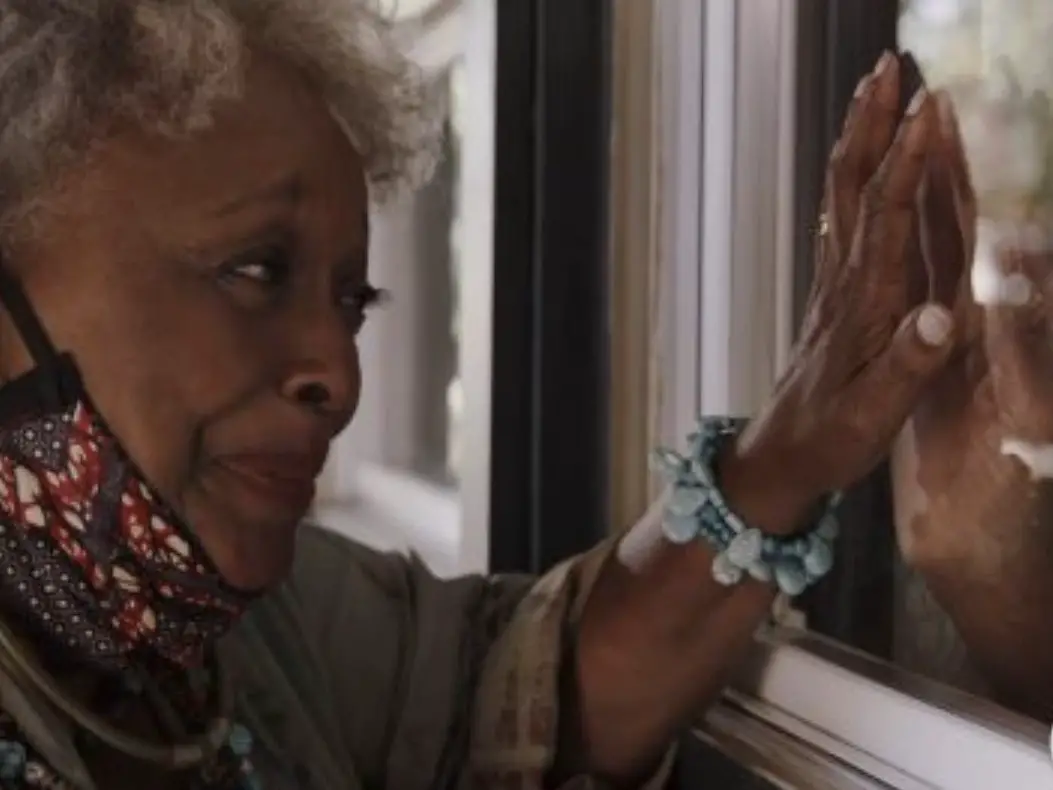Of all the industries out there, I think it’s safe to say the entertainment sector has been one of the most affected by the coronavirus. The new Freeform miniseries “Love in the Time of Corona,” which aired August 22-23, was one of the first attempts at producing scripted, original content during these times — and they pulled it off.
The ensemble show was created by actress, writer and producer Joanna Johnson and ordered back in April. It is set in the earlier days of the pandemic, when the end seemed just around the corner. The show’s title is a riff on the novel “Love in the Time of Cholera,” and it explores the effect quarantine has had on familial, platonic and romantic relationships. Some familiar quarantine staples appear, like masks and Zoom, but also TikTok, baking, car parades and “Normal People.”
“Love in the Time of Corona” is entirely scripted; however, casting occurred while writing was still in progress, so the actors had some influence over characters and storylines. The show looked for actors already quarantining in setups somewhat similar to what the writers imagined, allowing them to have actors interacting within six feet of each other alongside their friends, partners and even children.
Married couple Leslie Odom Jr. (James) and Nicolette Robinson (Sade), best known for their star turns in Broadway’s “Hamilton” and “Waitress,” respectively, appear as a couple debating whether or not to have a second child.
L. Scott Caldwell plays James’ mother Nanda, quarantining at her own home and struggling to connect with her husband. Prior to quarantine, he was hospitalized with pneumonia, forcing them to be physically apart, but he is also showing signs of dementia, complicating their Zoom dates.
Gil Bellows (Paul) and his wife Rya Kihlstedt (Sarah) star alongside their daughter, Ava Bellows (Sophie), in her professional debut. Paul and Sarah have been separated since the winter holidays and have yet to tell Sophie, now back home from college and recently dumped by her boyfriend.
Tommy Dorfman (Oscar) and Rainey Qualley (Elle) round out the main cast as two roommates questioning their relationship, while Oscar grows closer with a Tinder date and Elle grows closer with her neighbor.
Perhaps the most extraordinary thing about “Love in the Time of Corona” is how completely ordinary it is. It doesn’t feel or look any different from Freeform’s typical fare. While most shows producing new content today look like they’ve been shot on an iPhone or Zoom, “Love in the Time of Corona” only does so when the plot calls for it.
The actual cameras, dollied by director of photography Marco Fargnoli and operated by “production assistants,” or friends and family already in the actors’ circle, capture everything beautifully, and the difference is obvious when used side-by-side with remote footage.
How did they achieve it? Besides quarantining actors together, no crew went inside the house while actors were present. If they had to go in to lay cables or something similar, they disinfected before they left. The crew itself, to follow industry guidelines, was small, and the departments divided across tents set up on the actors’ lawns.
Johnson, who directed all four episodes, communicated with actors inside their homes via walkie-talkie. The actors were additionally responsible for props, wardrobe and styling, showing options via Zoom to the crew.
The timeline of the show covers about three weeks or so, since the video showing the murder of Ahmaud Arbery is included in the plot, but the murders of George Floyd and Breonna Taylor, which occurred later that month and spawned nationwide protests and riots, did not make it in. In a nod to current events, a scene at Oscar and Elle’s apartment includes a shot of a sign reading “Black Trans Lives Matter.”
“Love in the Time of Corona” does not focus on politics or even the virus itself, but rather on how to connect with the people you love right now. No one has any fights about masking or social distancing; in fact, the most politically charged discussion is probably between Sophie and her ex-boyfriend when she explains how “The Help” exemplifies the white-savior trope.
Arbery’s murder is only discussed in the context of what it means for black families to raise children, acknowledging it as the systemic racism that it is and not making it an argument. Even the relationships seemingly poised to fall apart are stronger by the show’s end.
My one qualm with the writing’s optimism is in Paul and Sarah’s storyline. As a child of divorce myself, it would have been really nice to see their story not end with their reuniting, but rather with a commitment to remain a family despite the separation.
The “Love” in the show’s title was meant to encompass all types of love, but by reuniting the parents in that storyline, along with the prodigal son, played by Catero Colbert, returning to the rest of Nanda’s family, it cheapens the sentiment. Sure, both acknowledge how things aren’t going to change overnight, but I’m still conflicted by it.
That aside, the final episode, which featured both reunions, was my favorite by a long shot. Maybe it’s because episode four is usually when you start to gel with a show and its characters, or maybe it’s because its cheery optimism about getting through the pandemic together warmed this cold cynic’s heart.
It means I can’t decide if four episodes was the perfect amount, or if it still needed a few more episodes to wrap it up in a nice bow.
Regardless of where you fall on the cynicism scale, “Love in the Time of Corona” will find a way to give you the warm and fuzzies. All the relationships, of course strengthened by the actors’ built-in chemistry, feel real and are a joy to watch.
Do things move a little fast? Sure. But as Sade’s friend, played by Gail Bean, points out, “It’s the quality of the communication” that makes or breaks a relationship, not the time you know each other. In four episodes, “Love in the Time of Corona” proves the sentiment, in-universe and out. As film and television production slowly starts back up again, other shows should follow its lead.

















